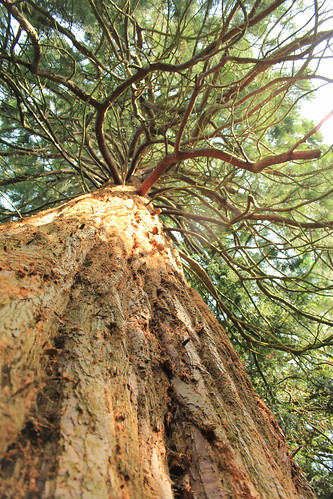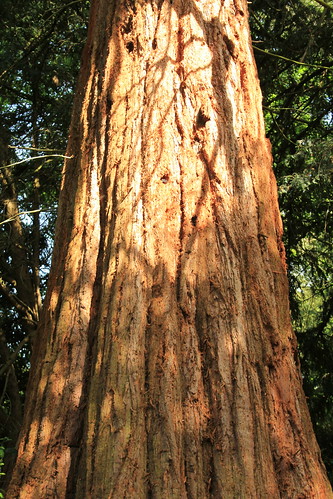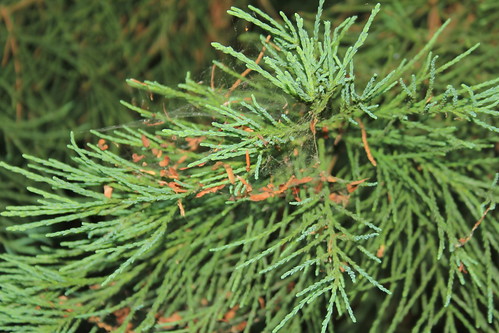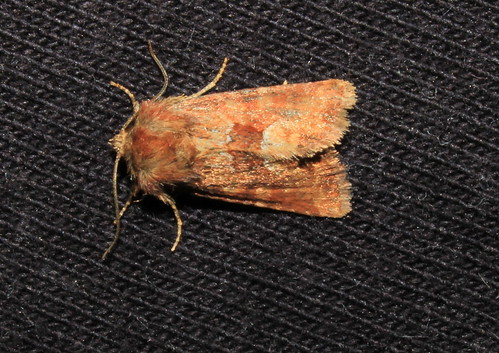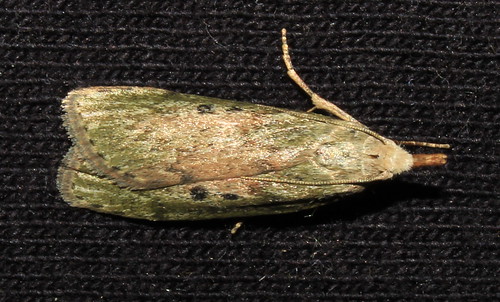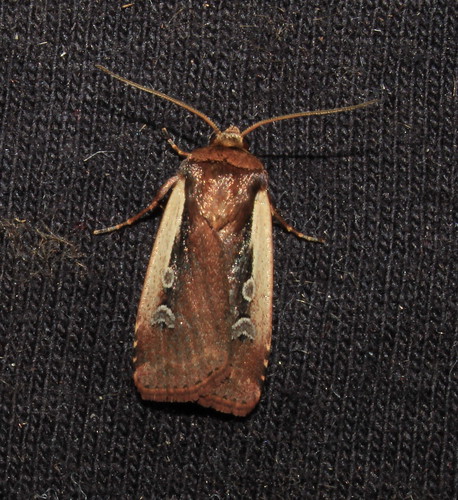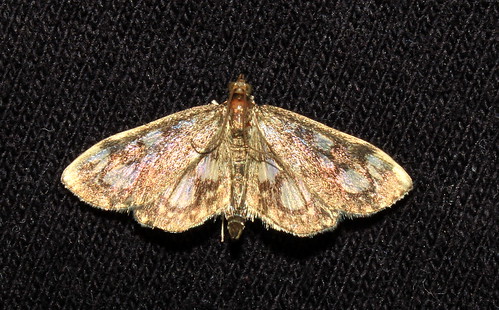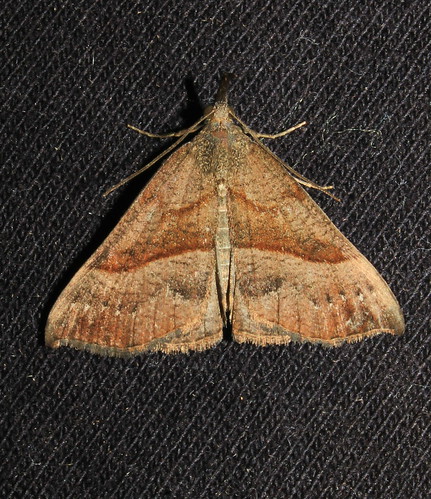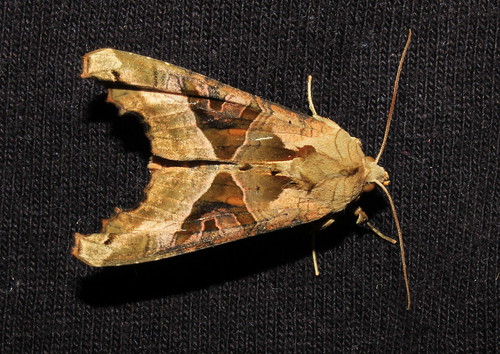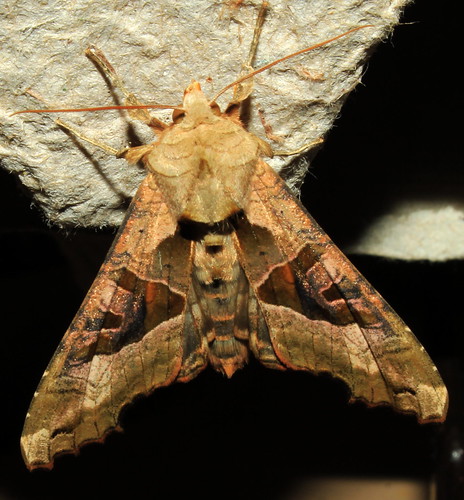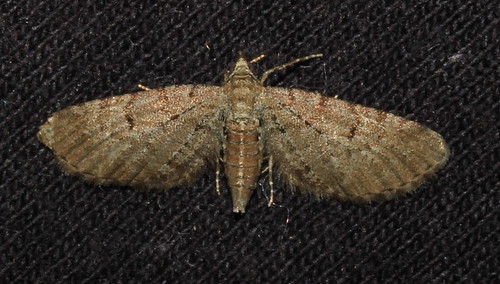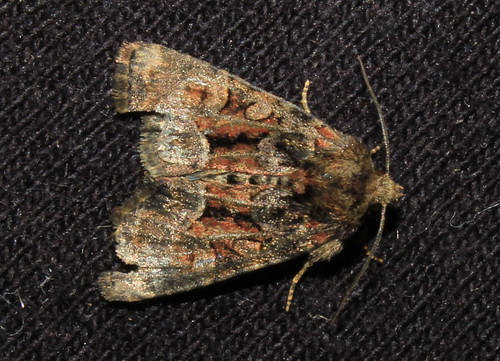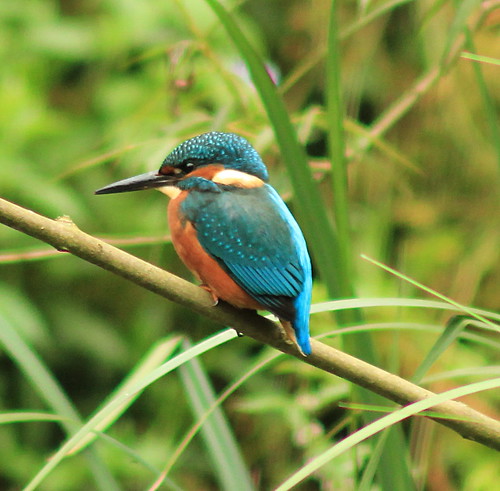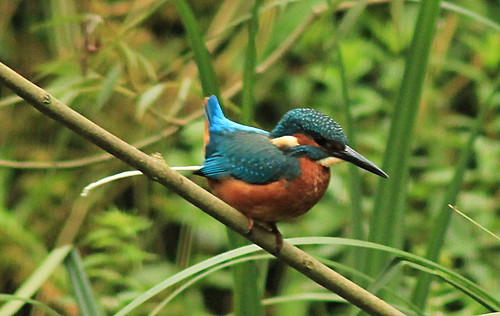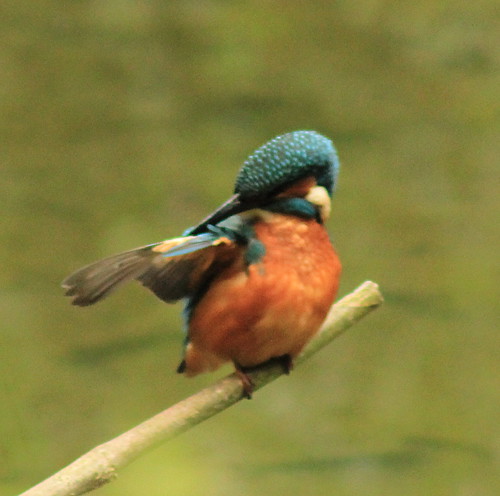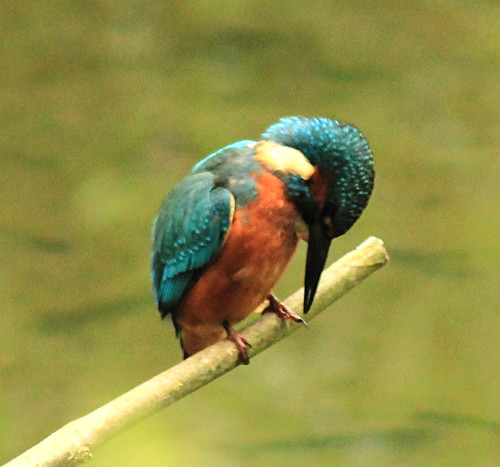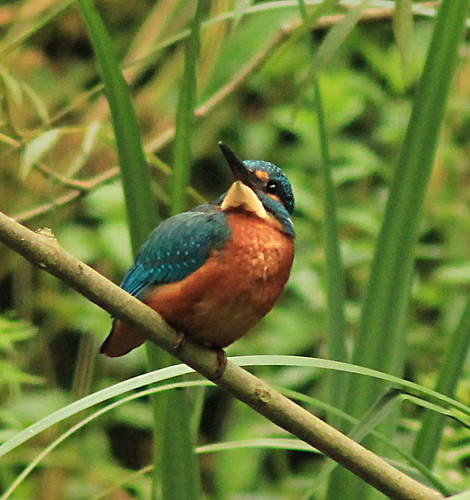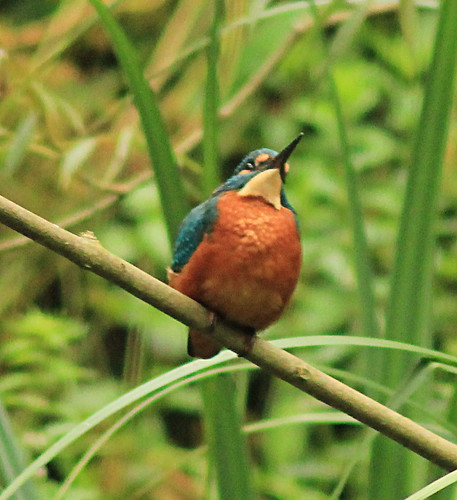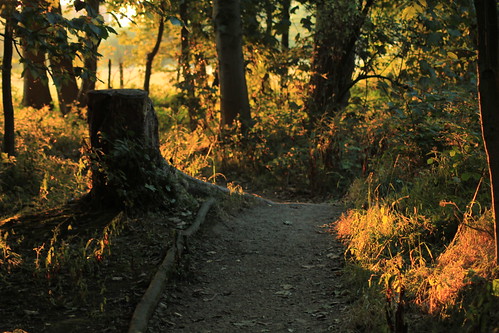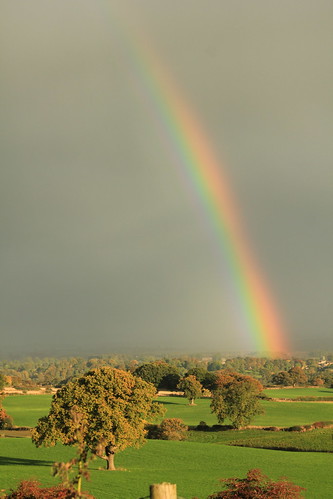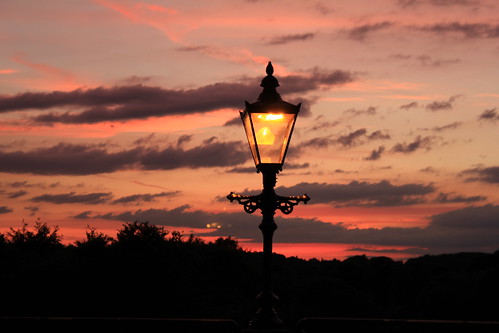
Welcome
" Welcome to the florafaunauk site , hope you enjoy the pictures and posts giving a detailed insight into the Natural History of our Country throughout the seasons and year "All that the Sun Shines on is beautiful, so long as it is Wild" John Muir "
Support Us
Saturday, 24 June 2017
Friday, 23 June 2017
Walnut Tree Juglans regia and Walnut Leaf Gall Mite - Aceria erinea
Walnut Juglans regia
Walnut is a deciduous broadleaf tree native to south-east Europe to south-west China.
The walnut's botanical name, Juglans, originates in Roman mythology. According myth, Jupiter, who was also known as Jove, lived on walnuts when he lived on earth. Therefore Romans called walnuts Jovis glans, meaning 'the glans of Jupiter.' The botanical name of the English walnut, Juglans regia, means the 'royal nut of Jupiter'.
Description to 35m. They typically have a short trunk and broad crown, though can be narrower if grown in a woodland situation. The bark is smooth and olive-brown when young, developing fissures and fading to silver-grey with age. Twigs are stout, green and curving.
Leaves: shiny and pinnate (feather-like), with 5-9 paired oval leaflets and one 'terminal' leaflet at the end.
Flowers: male flowers are drooping yellow-green catkins 5–10 cm long, and the female flowers appear in clusters of 2-5.
Fruits: pollinated by wind, female flowers develop into a fruit with a green, fleshy husk and a brown, wrinkled walnut.
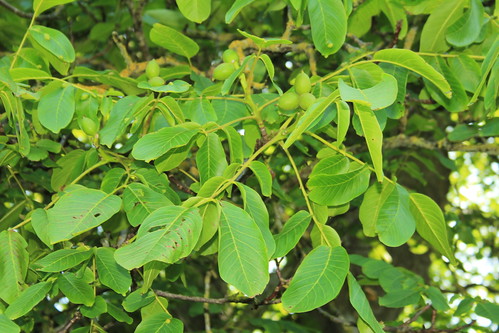
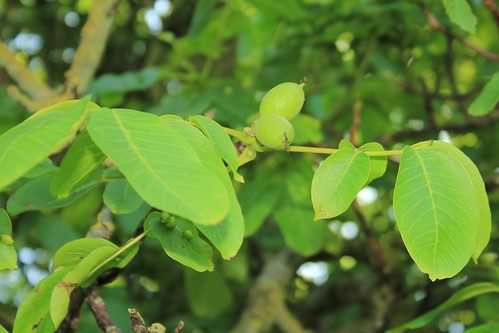
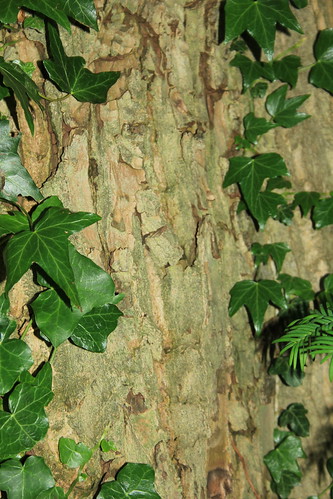
Aceria erinea is a mite that causes galls to form on the leaves of Walnut. Large yellowish blisters appear on the upper surface of the leaves with corresponding hollows on the underside which are lined with whitish or pale brown hairs among which the mites live and feed
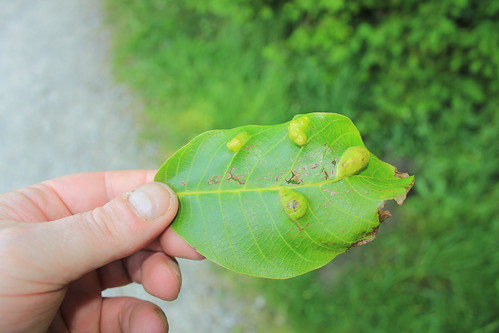
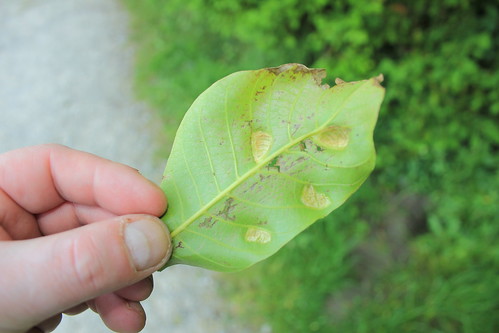
Thursday, 22 June 2017
Tuesday, 20 June 2017
Garden Moths 17th June 2017
Weather - Warm 18o Light Breeze. Low Humidity ,
General Comments Lots of Small Magpies , and Peppered Moths which seemed to be local to the Pebble Dashing nearby and on shed . A flurry of Large Yellow Clunbsy things have also returned
Other Entomology Birch Shieldbug
MV 120 W Robinson
73.317 BF2089 Heart & Dart Agrotis exclamationis
73.162 BF2321 Dark Arches Apamea monoglypha
73.176 BF2340 Middle-barred Minor Oligia fasciuncula
49.039 BF 998 Light Brown Apple Moth Epiphyas postvittana x12
63.025 BF1376 Small Magpie Anania hortulata x4
73.173 BF2337 Marbled Minor Agg Oligia strigilis
70.226 BF1906 Brimstone Moth Opisthograptis luteolata70.252 BF1931 Peppered Moth Biston betularia x3
70.061 BF1738 Common Carpet Epirrhoe alternata
63.018 BF1378 Elder Pearl Anania coronata
62.001 BF1428 Bee Moth Aphomia sociella
73.329 BF2102 Flame Shoulder Ochropleura plecta x263.018 BF1378 Elder Pearl Anania coronata
62.001 BF1428 Bee Moth Aphomia sociella
49.156 BF1083 Marbled Orchard Tortrix Hedya nubiferana
72.003 BF2477 The Snout Hypena proboscidalis70.097 BF1764 Common Marbled Carpet Dysstroma truncata
73.113 BF2306 Angle Shades Phlogophora meticulosa
73.342 BF2107 Large Yellow Underwing Noctua pronuba
Pugs
70.252 BF1931 Peppered Moth Biston betularia
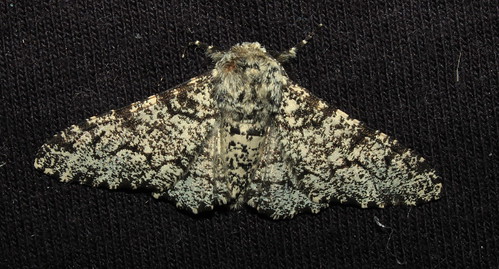
73.317 BF2089 Heart & Dart Agrotis exclamationis
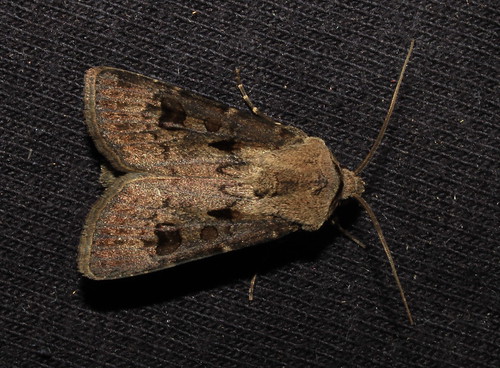
73.342 BF2107 Large Yellow Underwing Noctua pronuba
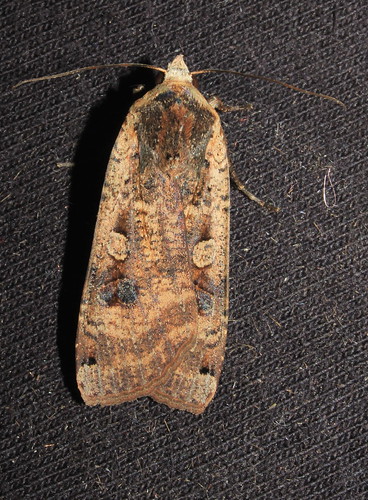

73.162 BF2321 Dark Arches Apamea monoglypha
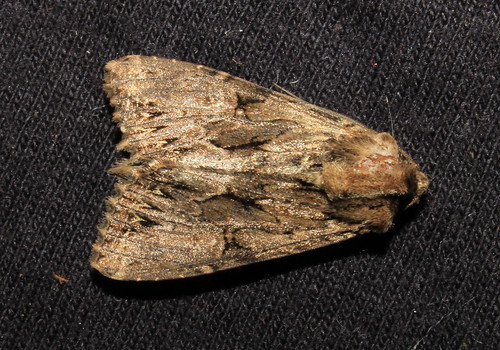
73.342 BF2107 Large Yellow Underwing Noctua pronuba
Pugs
70.252 BF1931 Peppered Moth Biston betularia

73.317 BF2089 Heart & Dart Agrotis exclamationis

73.342 BF2107 Large Yellow Underwing Noctua pronuba


73.162 BF2321 Dark Arches Apamea monoglypha

73.176 BF2340 Middle-barred Minor Oligia fasciuncula
Saturday, 3 June 2017
Garden Moths 24th May 2017
Garden Moths 24th May 2017
Weather Warm, circa 17o , Still, MV 120
VC 63 West Yorkshire
71.012 BF2000 Iron Prominent Notodonta dromedarius
70.226 BF1906 Brimstone Moth Opisthograptis luteolata
71.013 BF2003 Pebble Prominent Notodonta ziczac
63.025 BF1376 Small Magpie Anania hortulata
70.100 BF1776 Green Carpet Colostygia pectinataria
70.061 BF1738 Common Carpet Epirrhoe alternata
70.097 BF1764 Common Marbled Carpet Dysstroma truncata
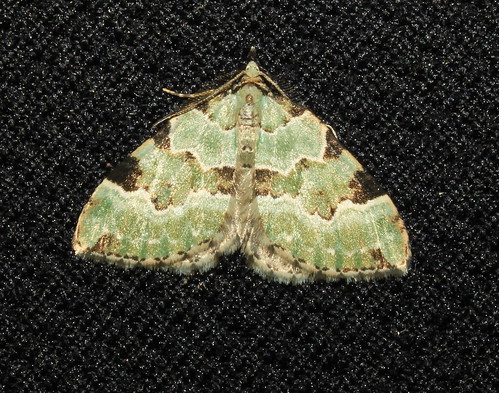
63.025 BF1376 Small Magpie Anania hortulata
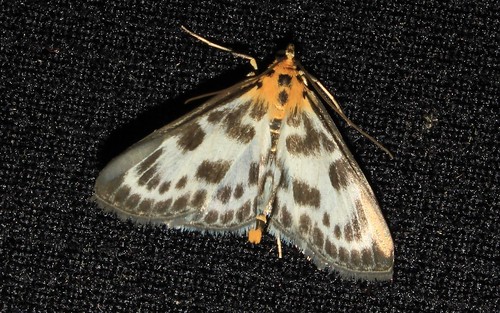
70.252 BF1931 Peppered Moth Biston betularia
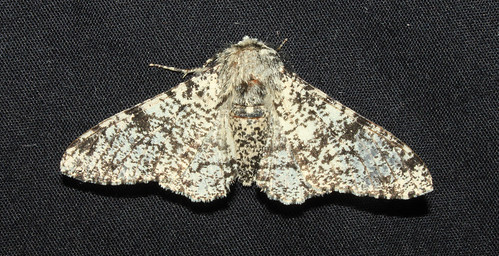
71.013 BF2003 Pebble Prominent Notodonta ziczac
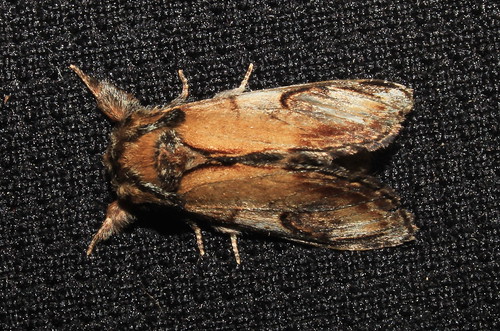
70.226 BF1906 Brimstone Moth Opisthograptis luteolata
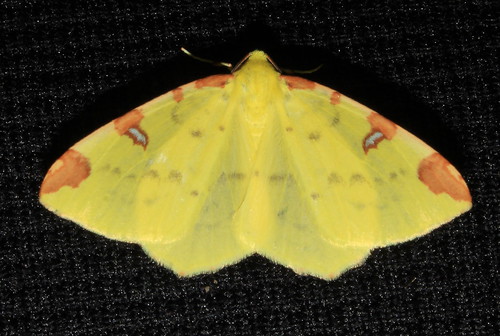
62.001 BF1428 Bee Moth Aphomia sociella
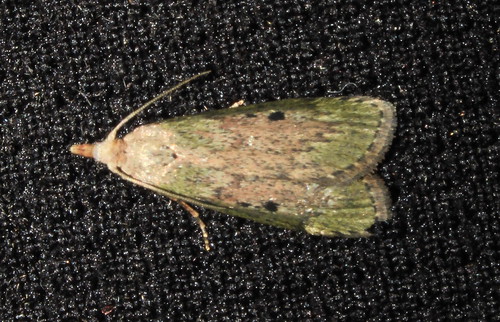
Weather Warm, circa 17o , Still, MV 120
VC 63 West Yorkshire
71.012 BF2000 Iron Prominent Notodonta dromedarius
70.226 BF1906 Brimstone Moth Opisthograptis luteolata
71.013 BF2003 Pebble Prominent Notodonta ziczac
63.025 BF1376 Small Magpie Anania hortulata
70.100 BF1776 Green Carpet Colostygia pectinataria
70.061 BF1738 Common Carpet Epirrhoe alternata
70.097 BF1764 Common Marbled Carpet Dysstroma truncata
70.252 BF1931 Peppered Moth Biston betularia
62.001 BF1428 Bee Moth Aphomia sociella
70.061 BF1738 Common Carpet Epirrhoe alternata

71.012 BF2000 Iron Prominent Notodonta dromedarius
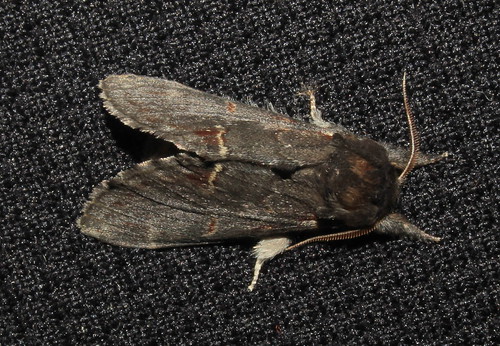
70.100 BF1776 Green Carpet Colostygia pectinataria
62.001 BF1428 Bee Moth Aphomia sociella
70.061 BF1738 Common Carpet Epirrhoe alternata

71.012 BF2000 Iron Prominent Notodonta dromedarius

70.100 BF1776 Green Carpet Colostygia pectinataria

63.025 BF1376 Small Magpie Anania hortulata

70.252 BF1931 Peppered Moth Biston betularia

71.013 BF2003 Pebble Prominent Notodonta ziczac

70.226 BF1906 Brimstone Moth Opisthograptis luteolata

62.001 BF1428 Bee Moth Aphomia sociella

+ ID
+ ID
MORE TO FOLLOW
MORE TO FOLLOW
Saturday, 25 March 2017
Bag Worms
Bagworms
The Psychidae (bagworm moths, also simply bagworms or bagmoths) are a family of the Lepidoptera (butterflies and moths) which are much overlooked
"Bags" resemble caddisfly cases in their outward appearance – a mass of (mainly) plant detritus spun together with silk on the inside.. The case is based on a silk tube, to which the larva attaches various bits of plant, matter such as lichens, algae, sand, insects and debris. Like Caddis Psychidae larvae construct cases that can be identifiable through combinations of shape, size and material , this is not always reliable due to similar constructions in other species so rearing is recommended
In the larval stage, bagworms extend their head and thorax from their mobile case to devour the leaves of host plants, often leading to the death of their hosts
Bagworm caterpillars make distinctive 1.5 to 2 inch long spindle-shaped bags that can be seen hanging from twigs of a variety of trees and shrubs. Sometimes the bags are mistaken for pine cones or other plant structures.
Adult females of many bagworm species have only vestigial wings, legs, and mouthparts. In some species, parthenogenesis is known. The adult males of most species are strong fliers with well-developed wings and feathery antennae but survive only long enough to reproduce due to underdeveloped mouthparts that prevent them from feeding. Their wings have few of the scales characteristic of most moths, instead having a thin covering of hairs.
Some Bagworm Species
11.006 ... B&F 0181 Taleporia tubulosa (Retzius, 1783)
11.005 ... B&F 0179 Dahlica lichenella .. Lichen Case-bearer (Linnaeus, 1761) (Recorded VC63 )
11.004 ... B&F 0177 Dahlica inconspicuella .. Lesser Lichen Case-bearer (Stainton, 1849)
11.009 ... B&F 0184 Luffia ferchaultella (Stephens, 185
11.012 ... B&F 0186 Psyche casta (Pallas, 1767)
11.002 B&F 0175) Narycia duplicella
11.001 B&F 0180) Diplodoma laichartingella (Recorded VC63 )
11.003 B&F 0176) Dahlica triquetrell
11.001 B&F 0180) Diplodoma laichartingella
The larva builds a case, covered with small fragments of plant matter and other particles, and feeds on lichens, decaying plant matter and detritus. The larval period usually lasts for two years.During the Winter months, cases can be found tucked well into the characteristic hollows around the roots of mature Beech trees, the larvae becoming active from late March and early April, moving back up the tree trunks to begin feeding.
11.009 ... B&F 0184 Luffia ferchaultella (Stephens, 185
Chris Manley (in his `British Moths`, 2nd Edition 2015) states that it can be `abundant on tree trunks in damp woods` and other sources mention old fence posts (or other wooden objects) or old walls where powdery grey lichens grow. The latter can be locally frequent, even in urban areas. Luffia is said to prefer `shady places` rather than tree trunks and walls etc in full sun.March/early April) is said to be the best time to find the distinctive larval cases. as cases are, by then, full sized (up to 6mm) and easier to spot.
The Psychidae (bagworm moths, also simply bagworms or bagmoths) are a family of the Lepidoptera (butterflies and moths) which are much overlooked
"Bags" resemble caddisfly cases in their outward appearance – a mass of (mainly) plant detritus spun together with silk on the inside.. The case is based on a silk tube, to which the larva attaches various bits of plant, matter such as lichens, algae, sand, insects and debris. Like Caddis Psychidae larvae construct cases that can be identifiable through combinations of shape, size and material , this is not always reliable due to similar constructions in other species so rearing is recommended
In the larval stage, bagworms extend their head and thorax from their mobile case to devour the leaves of host plants, often leading to the death of their hosts
Bagworm caterpillars make distinctive 1.5 to 2 inch long spindle-shaped bags that can be seen hanging from twigs of a variety of trees and shrubs. Sometimes the bags are mistaken for pine cones or other plant structures.
Adult females of many bagworm species have only vestigial wings, legs, and mouthparts. In some species, parthenogenesis is known. The adult males of most species are strong fliers with well-developed wings and feathery antennae but survive only long enough to reproduce due to underdeveloped mouthparts that prevent them from feeding. Their wings have few of the scales characteristic of most moths, instead having a thin covering of hairs.
Some Bagworm Species
11.006 ... B&F 0181 Taleporia tubulosa (Retzius, 1783)
11.005 ... B&F 0179 Dahlica lichenella .. Lichen Case-bearer (Linnaeus, 1761) (Recorded VC63 )
11.004 ... B&F 0177 Dahlica inconspicuella .. Lesser Lichen Case-bearer (Stainton, 1849)
11.009 ... B&F 0184 Luffia ferchaultella (Stephens, 185
11.012 ... B&F 0186 Psyche casta (Pallas, 1767)
11.002 B&F 0175) Narycia duplicella
11.001 B&F 0180) Diplodoma laichartingella (Recorded VC63 )
11.003 B&F 0176) Dahlica triquetrell
11.001 B&F 0180) Diplodoma laichartingella
The larva builds a case, covered with small fragments of plant matter and other particles, and feeds on lichens, decaying plant matter and detritus. The larval period usually lasts for two years.During the Winter months, cases can be found tucked well into the characteristic hollows around the roots of mature Beech trees, the larvae becoming active from late March and early April, moving back up the tree trunks to begin feeding.
11.009 ... B&F 0184 Luffia ferchaultella (Stephens, 185
Chris Manley (in his `British Moths`, 2nd Edition 2015) states that it can be `abundant on tree trunks in damp woods` and other sources mention old fence posts (or other wooden objects) or old walls where powdery grey lichens grow. The latter can be locally frequent, even in urban areas. Luffia is said to prefer `shady places` rather than tree trunks and walls etc in full sun.March/early April) is said to be the best time to find the distinctive larval cases. as cases are, by then, full sized (up to 6mm) and easier to spot.
Tuesday, 14 March 2017
Common Footman Eilema lurideola ABH 72.045 BF2050
These small caterpillars 0.8 mm - 1.2 mm where found at the base of a lichen covered wall .
Its likely this is the Caterpilar of the Common Footman
Its likely this is the Caterpilar of the Common Footman
72.045 BF2050 Common Footman Eilema lurideola
Sunday, 5 March 2017
Quote of The week 14
He is richest who is content with the least, for content is the wealth of nature.
Socrates
Socrates
Friday, 6 January 2017
The King of Fishers
Size and Colour
Common Kingfishers measure 17 – 19 centimetres in length, weigh between 34 – 46 grams and have a wingspan of 25 centimetres. Their beak is around 4 centimetres long and pointed. Kingfishers have short, orange coloured legs.
Lens Standard 300mm Tamron non-stabilised lens
YWT Adel Dam LNR
Where To see Them
Kingfishers are found by still or slow flowing water such as lakes, canals and rivers in lowland areas. In winter, some individuals move to estuaries and the coast. Occasionally they may visit garden ponds if of a suitable size. They can be seen all year round. Cromwell Bottom is an ideal location for theses birds with a unique comnbination of the River Calder, Canals and Lagoons
General Facts
Kingfishers are vulnerable to hard winters and habitat degradation through pollution or unsympathetic management of watercourses. Kingfishers are amber listed because of their unfavourable conservation status in Europe. It is estimated there are 3,800-4,600 breeding pairs in the UK
Many young kingfishers die within days of fledging, their first dives leaving them waterlogged so they end up drowning.Because of the high mortality of young, kingfishers usually have two or three broods a year, with as many as 10 in a brood.
This image catches the Kingfisher just as it expresses in the afternoon during its preening ritual
the white liquid faeces is forcably ejeted in a dramatic fashion seen ejected just behind this bird
Preening Ritual
Kingfishers live in burrows which are often insanitary therefore a good preening regime is essential in keeping feathers clean and in working condition
Like all small birds the Kingfisher remains wary of overhead activity to avoid presation by raptors
The common kingfisher hunts from a perch 1–2 m (3.3–6.6 ft) above the water, on a branch, post or riverbank, bill pointing down as it searches for prey. It bobs its head when food is detected to gauge the distance, and plunges steeply down to seize its prey usually no deeper than 25 cm (9.8 in) below the surface
Territory
Like all kingfishers, the common kingfisher is highly territorial; since it must eat around 60% of its body weight each day, it is essential to have control of a suitable stretch of river. It is solitary for most of the year, roosting alone in heavy cover. If another kingfisher enters its territory, both birds display from perches, and fights may occur, where a bird will grab the other's beak and try to hold it under water. Pairs form in the autumn but each bird retains a separate territory, generally at least 1 km (0.62 mi) long, but up to 3.5 km (2.2 mi) and territories are not merged until the spring.
The courtship is initiated by the male chasing the female while calling continually, and later by ritual feeding, mating usually following.
More Videos On The Kingfisher
Wayward Home ......
Friday, 9 December 2016
Cryptic Crossword 50 British Moths
Christmas is coming Nothing Much is moving on the Moth Front - but here is an opportunity to Brush up on 50 British Species albeit in a Cryptic Way . This is a great opportunity for Moth Gurus to show their Skill Prowess and Knowledge !!!!!!!!!
I wonder if anyone can complete it ( apologies in advance for the Cryptic Clues but be thankful it was'nt a crossword on Craneflies :-) ) Best of Luck !!
Apologies on quality of grid Please save from image click and print off to complete the Grid . The saved image can be blown up on Windows viewer if you need to make numbers clearer
ACROSS
2 Something speckled best served with seasoning ?
5 Flown to close to the Lamp ?
6 A score of Feathers ?
8 Not a Brussels Sprout but same Family
12 Spick & Span nicely polished
13 A seasonal expectation this time of Year ?
17 Combustion at the sides of neck ?
19 This one is a big green Jewel
20 Two Birds in one !!!!!!
22 High Flier with the Cartography
24 German Folk likely seen around Whitby ?
29 Invasive suite plays its cards right this year & returns
31 Calderdales flooring dilemma
35 Works in the Woodland ?
36 Regal Oriental
38 Underneath the Bridge on a dimly lit night ?
40 This Common moth is no slow coach
42 Geometry in sun glasses ?
44 Female Geriatric
45 Not a newspaper or revealing angel
46 something of a nosy creature ?
47 Lawn all in a Tangle ?
49 Something of a Romany ???
50 A quick sweep and clean up
DOWN
1 Citrus gets chilled on cold winter day
3 Weather looking overcast at the edge ?
4 Fast Citrus
7 Butler with healthy complexion
9 One fat ladywell proportioned & not much more?Bingo ?
10 Dull Stain on the best Crockery ?
11 here we go round the planet ?
14 Moon beneath the flight structures ???
15 Nellie and the Raptor ?
16 Lets paint the bridge beige and admire its structure ??
18 An obvious Stone ?
21 Criss Cross across the Moor ?
23 Not quite a Popular Raptor ?
25 Hot footed flooring ?
26 Just as you thought you have bailed the criminal !!
27 Bright one on the sea shore ??
28 Not a water carpet but a small stream ?
30 A maker of Flour ?
32 This moth has things in common with Santa Reindeer
33 Beware the ides of March ? Get the Point ?
34 A ribbon at Sea
37 The answer could be right at the side of your Head ???
39 The answer would be on the end of your Nose
41 Two pints and a Packet of Crisps please ?
43 Spooky Candidate
48 What the Farmer works with !!!
I wonder if anyone can complete it ( apologies in advance for the Cryptic Clues but be thankful it was'nt a crossword on Craneflies :-) ) Best of Luck !!
Apologies on quality of grid Please save from image click and print off to complete the Grid . The saved image can be blown up on Windows viewer if you need to make numbers clearer
ACROSS
2 Something speckled best served with seasoning ?
5 Flown to close to the Lamp ?
6 A score of Feathers ?
8 Not a Brussels Sprout but same Family
12 Spick & Span nicely polished
13 A seasonal expectation this time of Year ?
17 Combustion at the sides of neck ?
19 This one is a big green Jewel
20 Two Birds in one !!!!!!
22 High Flier with the Cartography
24 German Folk likely seen around Whitby ?
29 Invasive suite plays its cards right this year & returns
31 Calderdales flooring dilemma
35 Works in the Woodland ?
36 Regal Oriental
38 Underneath the Bridge on a dimly lit night ?
40 This Common moth is no slow coach
42 Geometry in sun glasses ?
44 Female Geriatric
45 Not a newspaper or revealing angel
46 something of a nosy creature ?
47 Lawn all in a Tangle ?
49 Something of a Romany ???
50 A quick sweep and clean up
DOWN
1 Citrus gets chilled on cold winter day
3 Weather looking overcast at the edge ?
4 Fast Citrus
7 Butler with healthy complexion
9 One fat ladywell proportioned & not much more?Bingo ?
10 Dull Stain on the best Crockery ?
11 here we go round the planet ?
14 Moon beneath the flight structures ???
15 Nellie and the Raptor ?
16 Lets paint the bridge beige and admire its structure ??
18 An obvious Stone ?
21 Criss Cross across the Moor ?
23 Not quite a Popular Raptor ?
25 Hot footed flooring ?
26 Just as you thought you have bailed the criminal !!
27 Bright one on the sea shore ??
28 Not a water carpet but a small stream ?
30 A maker of Flour ?
32 This moth has things in common with Santa Reindeer
33 Beware the ides of March ? Get the Point ?
34 A ribbon at Sea
37 The answer could be right at the side of your Head ???
39 The answer would be on the end of your Nose
41 Two pints and a Packet of Crisps please ?
43 Spooky Candidate
48 What the Farmer works with !!!
Friday, 18 November 2016
Thursday, 27 October 2016
All The leaves are Brown ?
This is a very simplied view to leaf Colour. With the Season under way Natures Canvas paints its own Picture
GREEN- Is due to a pigment know as Chlorophyll the chlorophyll's green color dominates and masks out the colors of any other pigments that may be present in the leaf during the grow season. As Autumn approached Trees undergo practical changes due to harsher temperature and lower light levels allowing other colours to appear Chlorophyll, which gives leaves their basic green color. It is necessary for photosynthesis, the chemical reaction that enables plants to use sunlight to manufacture sugars for their food. Trees in the temperate zones store these sugars for their winter dormant period.
COLOUR
Veins that carry fluids into and out of the leaf are gradually closed off as a layer of special cork cells forms at the base of each leaf. As this cork layer develops, water and mineral intake into the leaf is reduced, slowly at first, and then more rapidly. It is during this time that the chlorophyll begins to decrease.
Often the veins will still be green after the tissues between them have almost completely changed color.
YELLOW & ORANGE
As the chlorophyll breaks down, the green color disappears, and the yellow to orange colors become visible and give the leaves part of their fall splendor.Orange Yellows can be due to carotenes and xanthophyll. Carotenoids, which produce yellow, orange, and brown colors in such things as corn, carrots, and daffodils, as well as rutabagas, buttercups, and bananas.
GREEN- Is due to a pigment know as Chlorophyll the chlorophyll's green color dominates and masks out the colors of any other pigments that may be present in the leaf during the grow season. As Autumn approached Trees undergo practical changes due to harsher temperature and lower light levels allowing other colours to appear Chlorophyll, which gives leaves their basic green color. It is necessary for photosynthesis, the chemical reaction that enables plants to use sunlight to manufacture sugars for their food. Trees in the temperate zones store these sugars for their winter dormant period.
COLOUR
Veins that carry fluids into and out of the leaf are gradually closed off as a layer of special cork cells forms at the base of each leaf. As this cork layer develops, water and mineral intake into the leaf is reduced, slowly at first, and then more rapidly. It is during this time that the chlorophyll begins to decrease.
Often the veins will still be green after the tissues between them have almost completely changed color.
YELLOW & ORANGE
As the chlorophyll breaks down, the green color disappears, and the yellow to orange colors become visible and give the leaves part of their fall splendor.Orange Yellows can be due to carotenes and xanthophyll. Carotenoids, which produce yellow, orange, and brown colors in such things as corn, carrots, and daffodils, as well as rutabagas, buttercups, and bananas.
RED
At the same time other chemical changes may occur, which form additional colors through the development of red anthocyanin pigments. Some mixtures give rise to the reddish and purplish fall colors of trees such as dogwoods.Anthocyanins, which give color to such familiar things as cranberries, red apples, concord grapes, blueberries, cherries, strawberries, and plums. They are water soluble and appear in the watery liquid of leaf cells.
Weather Affects Color Intensity
Temperature, light, and water supply have an influence on the degree and the duration of autumn color. Low temperatures above freezing will favor anthocyanin formation producing bright reds in maples. However, early frost will weaken the brilliant red color. Rainy and/or overcast days tend to increase the intensity of fall colors. The best time to enjoy the autumn color would be on a clear, dry, and cool (not freezing) day
Weather Affects Color Intensity
Temperature, light, and water supply have an influence on the degree and the duration of autumn color. Low temperatures above freezing will favor anthocyanin formation producing bright reds in maples. However, early frost will weaken the brilliant red color. Rainy and/or overcast days tend to increase the intensity of fall colors. The best time to enjoy the autumn color would be on a clear, dry, and cool (not freezing) day
Monday, 24 October 2016
Catch The Rainbow
Alexander's band or Alexander's dark band is an optical phenomenon associated with rainbows which was named after Alexander of Aphrodisias who first described it in 200 ADIt occurs due to the deviation angles of the primary and secondary rainbows. Alexander's band lies between the two rainbows.
Subscribe to:
Posts (Atom)
